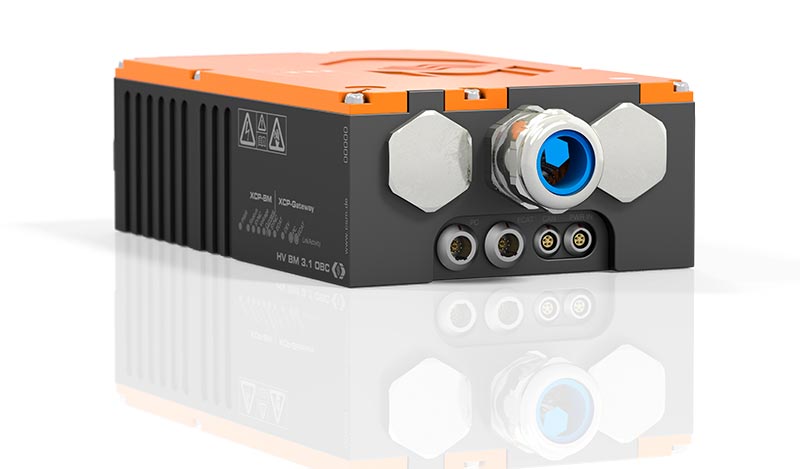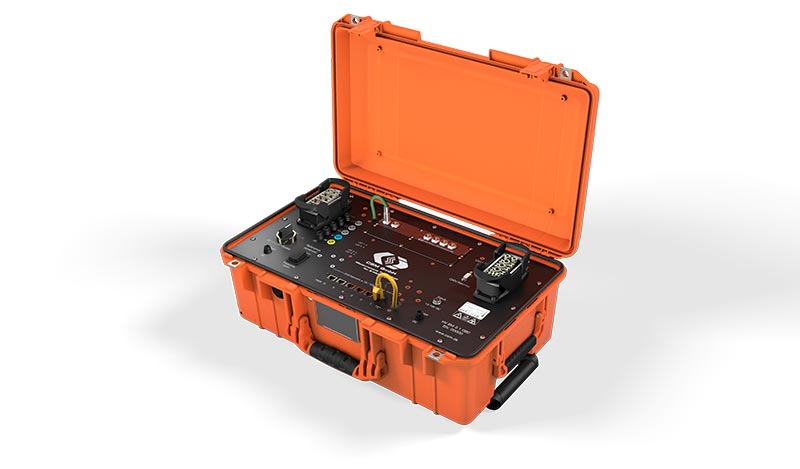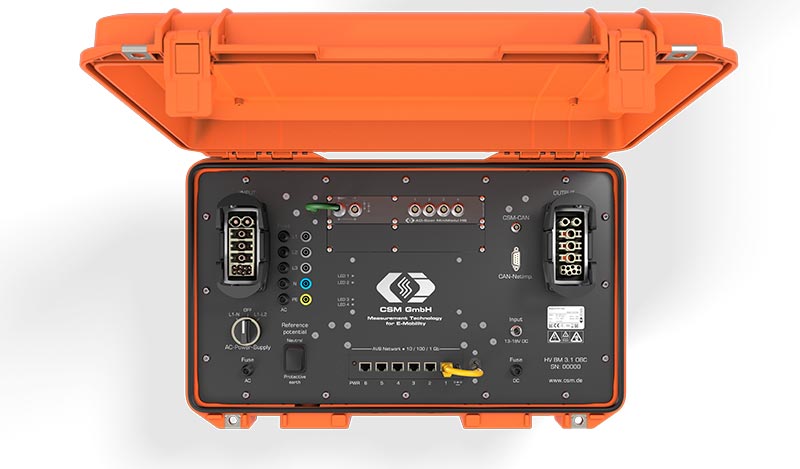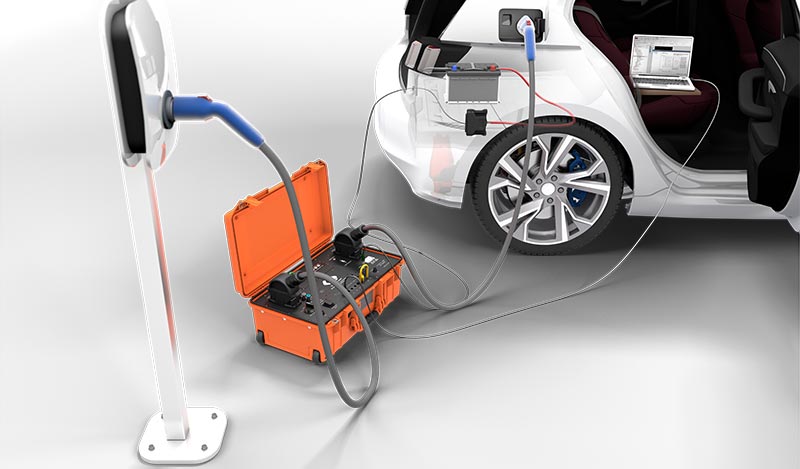Testing Charging Processes - Increasing Acceptance of Electric Vehicles
Being able to charge e-vehicles worldwide is an important goal in the development and improvement of components involved in charging processes. National differences in power grids as well as individual characteristics of the charging devices are the main challenges. During the prototype development of a new e-car with a modified on-board charger (OBC), international charging processes and their repercussions on the power grids had to be investigated in detail using measurement technology. In particular, the HV Breakout Module (HV BM) 3.1 OBC from CSM was used for this purpose.
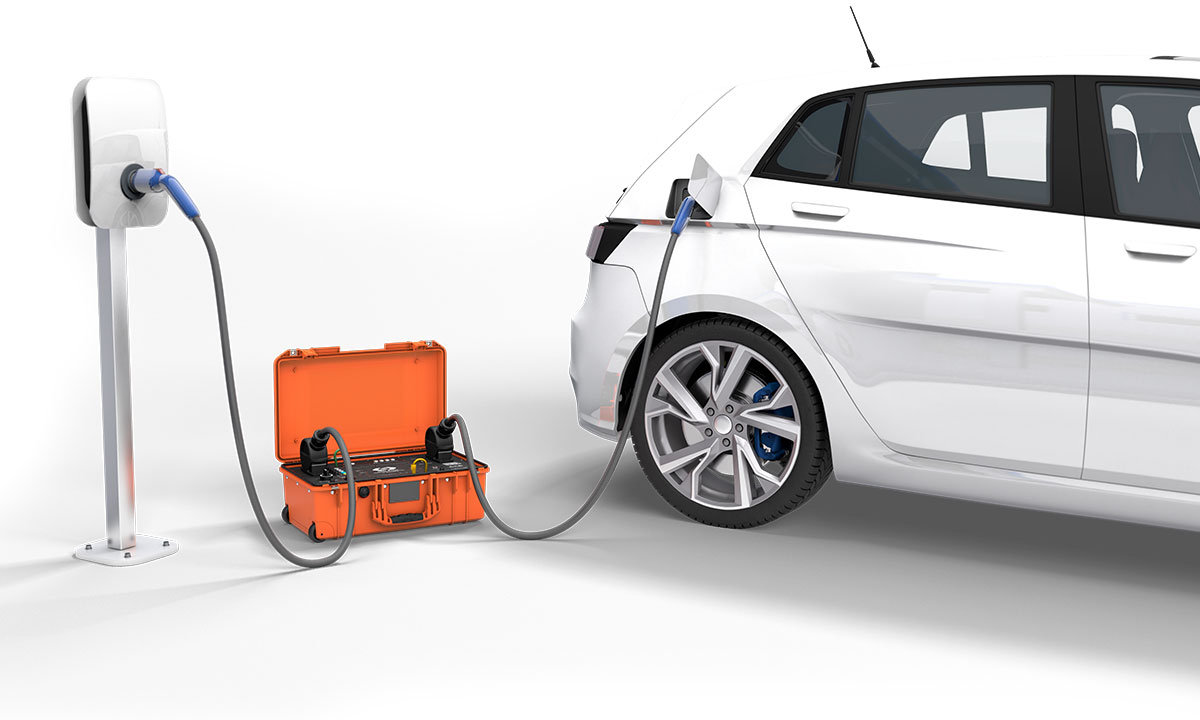

Expand available charging opportunities
The attractiveness of electromobility is influenced by how many different charging options can be used. The idea is to reduce the time and distance end users have to travel to find a suitable charging point. Vehicle manufacturers are therefore working to improve the compatibility of their on-board charger (OBCs) with the various AC charging options for the regions where they intend to sell their vehicles. The current must first be converted by the OBC, which functions like a power converter, from alternating Current (AC) into the direct current (DC) suitable for the HV battery. This component is therefore important for improving charging quality.
It is equally relevant that the charging processes function safely and flawlessly everywhere, regardless of local or national conditions. Also, possible repercussions on the power grid must remain within certain limits.
Measurement Task
Worldwide measurement of current and voltage between charging stations and electric vehicles for charging analysis.

Different conditions - comparable measurements?
How must the OBC be designed so that e-vehicles can be in use worldwide? To be able to answer this question, the charging situations nationally and internationally must be examined and studied in more detail. There are decisive differences that also play a role in the metrological recording of the charging processes. These are variances in voltages and frequencies, differences in the phase systems of the countries, different power cables and plug variants and, of course, the stability of the distribution networks in general.
Not only many measurement situations in a short time are a challenge, but also that the tests are carried out in high quality with the same measurement technology. Only in this way is comparability of the results possible.
Johann Mathä, Manager E-Mobility, CSM GmbH

Measurement technology in global use

Three prototype vehicles were tested during the measurements - one vehicle was used in North America, one in Asia and a third in Europe. The voltages and currents from the charging stations were measured with an HV BM 3.1 OBC. With the star connection already integrated, single-phase as well as two- and three-phase measurements were possible without any problems.
The very fast measurement with the HV BM 3.1 OBC at a data rate via Ethernet of up to 2 MHz offers a high resolution - so, for example, even very short events, such as voltage peaks during switch-on and switch-off or interruptions in the power supply, can be examined in particular detail.
Jürgen Braunstein, Head of Business Development, CSM GmbH
Instrumentation also in the vehicle
Measurement modules were also installed in the electric cars. An HV BM 1.2 was installed between the OBC and the HV battery to measure the current and voltage for the power calculation. With these measurements, it was possible to analyze, among other things, the power dissipation of the respective charging cycle. To view the ECU data in parallel, the vehicle bus was also integrated into the measurement via a Vector interface. Data was forwarded directly to a laptop using the XCP-on-Ethernet protocol with synchronization using the Precision Time Protocol (PTP - IEEE1588).
Practical measurement case application
For uncomplicated handling of the mobile measurement technology outside the vehicles, the user installed the HV BM 3.1 OBC in a suitable measurement case, which also included various adapter cables for different AC plugs and AC charging cables. This meant that the test vehicles only had to be equipped with measurement technology once and could then simply be connected to the various charging points. In addition, the compact dimensions of the measurement case meant that it could also be taken along as airline luggage and was immediately ready for use on site. Power was supplied to the measuring case via the low-voltage vehicle battery or via the mains side. The use of an application-specific measurement technology solution with suitable adapter cables eliminated the need for error-prone and time-consuming installation by on-site personnel.
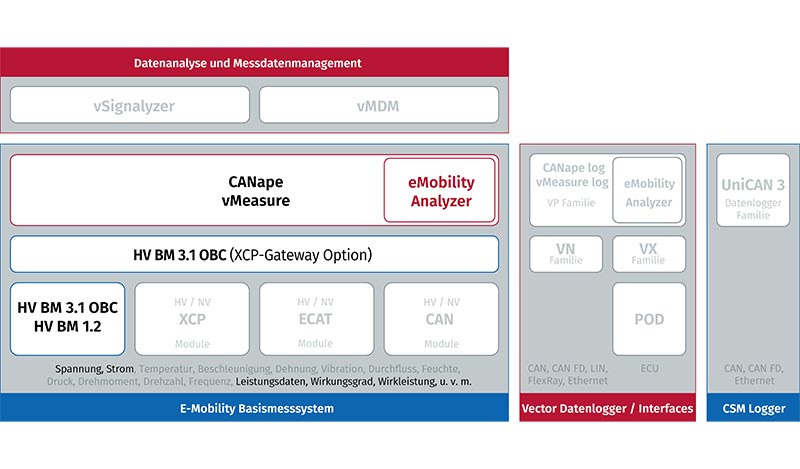

Complete solution from a single source
With the HV BM 3.1 OBC with integrated star connection, various single- to three-phase AC charging processes can be investigated metrologically. The three-phase measurement with only one measurement module offers considerable cost and space advantages compared to other technologies. The robust and compact measurement case solution by the user based on the HV BM 3.1 OBC allowed many measurements to be carried out in a short time, because the associated adapter cables enabled the measurement equipment to be connected quickly. In addition, the high measurement data rate ensures that even fast events such as short voltage failures can be recorded.

More information
Further Information
-
CSM Xplained: Testing of fuel cell drives on test benches and in road testing
-
CSM Xplained: Maintenance of HV measurement technology – calibration and insulation-test
-
CSM Xplained: The Vector CSM E-Mobility Measurement System
-
CSM Xplained: Voltage measurement in e-mobility
-
CSM Xplained: Current measurement in e-mobility
-
CSM Xplained: Autonomous power measurement in road tests and on test benches
Related Products
Related Hardware
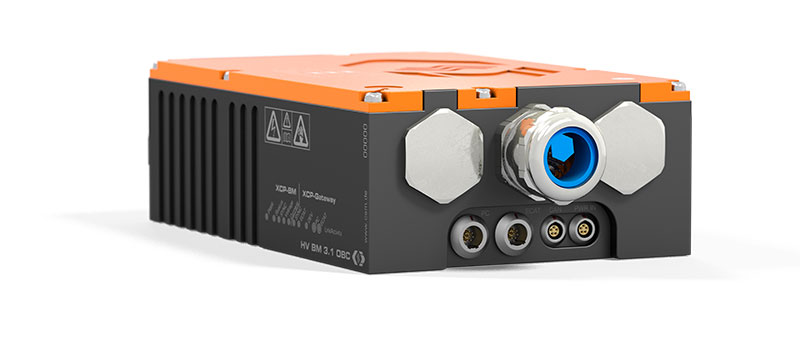
HV Breakout Module 3.1 OBC
Single- to three-phase measurement of current, voltage and power on cables carrying mains voltage for worldwide use
The HV Breakout Module (HV B) 3.1 OBC (on-board-charger) is particularly suitable for measurements during AC charging processes of electric and hybrid vehicles due to its current measurement ranges.
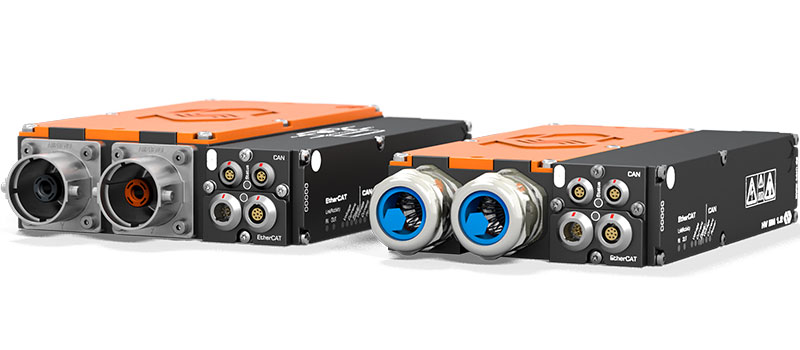
HV Breakout Modules 1.2, 1.2C
Single-phase measurement of internal conductor current and voltage
The HV Breakout Modules (BM) Type 1.2 have been specially designed for safe and precise single-phase measurement in separated HV+ and HV- power cables. Inner conductor current and voltage are measured directly and the instantaneous power is calculated in the module.
Related Software
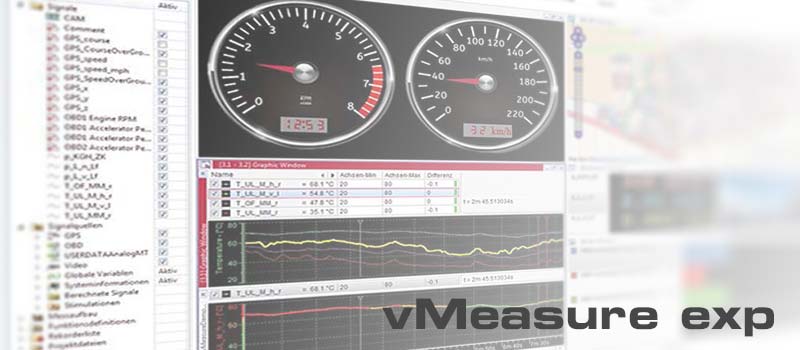
vMeasure
Reliably Solving Complex Measurement Tasks
vMeasure, developed by Vector Informatik, is an easy-to-use software tool for the acquisition and analysis of measurement data that can be used in combination with all CAN- and EtherCAT®-based CSM measurement modules. CSMconfig was integrated directly to ensure swift configuration.
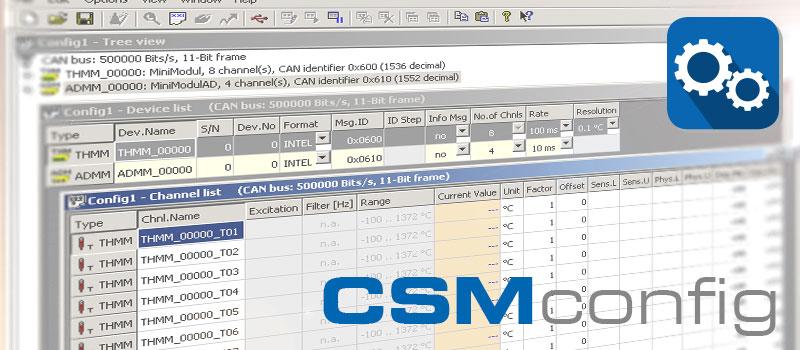

Swift configuration of measurement chains: CSMconfig is the reliable configuration software for all CAN and EtherCAT® based measurement modules from CSM. The clearly arranged and easy-to-use user interface allows an easy setting of all measurement parameters. This helps speeding up the measurement setup considerably.

 Home
Home Newsletter
Newsletter


